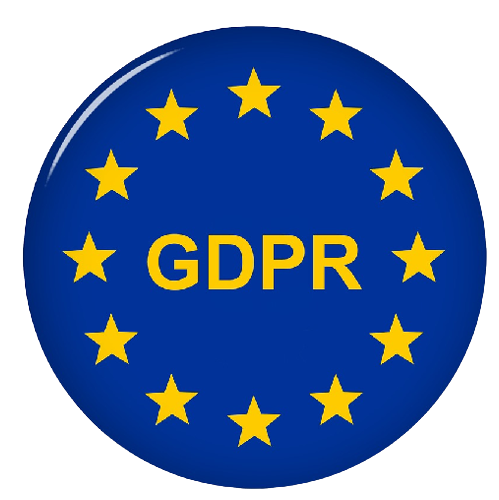How to Use Data for Effective Content Personalization

In the era of digitalization, customers need tailored experiences. Companies that fall short of this standard run the risk of losing customers and supporters. Personalizing content based on data is an effective way to improve user experiences and increase conversions. Here’s how to leverage data to personalize your content efficiently.
Collect and Analyze Customer Data
Getting audience information is the first step in personalizing content. Numerous methods including website analytics, social media insights, email marketing platforms, and customer surveys can be used to get this data. Here’s how to get Important information-
- Demographics: Location, occupation, gender, and age.
- Behavioral Data: Past purchases, past interactions with the material, and past browsing activity.
- Psychographic Data: Interests, values, and lifestyle decisions.
Utilize analytical tools to find trends and audience segmentation once you have this data. Analytics tools such as Adobe Analytics, HubSpot, and Google Analytics can assist you in comprehending how various audiences engage with your content.
Segment Your Audience
Segmenting your audience is essential to successful customization. By segmenting your audience into more focused and smaller groups, you can better target information to their individual needs and interests. Typical segmentation standards include:
- Behavior: Assign users to groups according to the actions they have made; for example, content downloaders, first-time visitors, or regular purchasers.
- Segments: should be made according to demographic data, such as age, gender, or region.
- Interests: Segment people according to their hobbies and interests using psychographic data.
To offer relevant book recommendations, an online bookstore, for instance, can divide its customer base into categories like “fiction lovers,” “self-help readers,” and “children’s book enthusiasts.”
Develop Personalized Content
Personalized content creation is the next step after segmenting your audience. The following are some tactics:
- Dynamic Content: Use dynamic content to automatically alter emails or website elements according to user segments. For example, display different homepage banners to new and returning visitors.
- Particularized Suggestions: Use recommendation engines to make product, article, or service recommendations based on user activity in the past. Both streaming services like Netflix and e-commerce websites like Amazon frequently adopt this strategy.
- Personalized Email Marketing: Develop email campaigns with various segmentation in mind. Open and click-through rates are raised by customized content and subject lines. An email promoting a baby goods discount, for instance, would be more pertinent to a new parent than to a single college student.
Utilize Advanced Technologies
Your personalization efforts can be greatly improved by utilizing cutting-edge technology like machine learning (ML) and artificial intelligence (AI). AI enables real-time personalization by rapidly analyzing large volumes of data and forecasting future behavior. With time, machine learning algorithms can become more adept at recommending content by continuously learning from user interactions.
For instance, Spotify makes use of AI to assess user listening patterns and create playlists that are tailored to each individual. Similar to this, e-commerce companies can employ AI to analyze browsing and purchase behaviors and offer personalized buying experiences.
Test and Optimize
Personalizing content effectively requires constant work. Test various customization techniques frequently and assess their results. To determine which customized content version performs better, compare it to others using A/B testing.
Important indicators to keep an eye on are:
- Engagement statistics: include time spent on a page, click-through rates, and social media engagements.
- Conversion Rates: The quantity of leads, purchases, or sign-ups brought about by customized content.
- Customer input: To learn how your audience feels about tailored content, ask them directly or through surveys.
Continue to improve the efficacy of your personalization efforts by making adjustments based on these indicators. Based on these metrics, continually refine your personalization strategies to enhance their effectiveness.
Respect Privacy and Build Trust
Even while customization can greatly help your company, it’s crucial to manage client data sensibly. Make sure your data collection procedures abide by privacy laws such as the CCPA and GDPR. Give consumers the ability to manage their data settings and be open and honest about how you utilize their information.
Establishing confidence is essential for long-term success. Customers are more inclined to interact with your personalized content when they have faith that the information they provide will be handled appropriately and will improve their experience.
Conclusion
Customizing content based on data is an effective way to give customers relevant and interesting experiences. You may greatly improve your content customization efforts by gathering and evaluating consumer data, segmenting your audience, creating individualized content, utilizing cutting-edge technologies, and continuously testing and tweaking. To ensure the long-term success of your personalization approach, keep in mind to place a high priority on privacy and cultivate trust.








